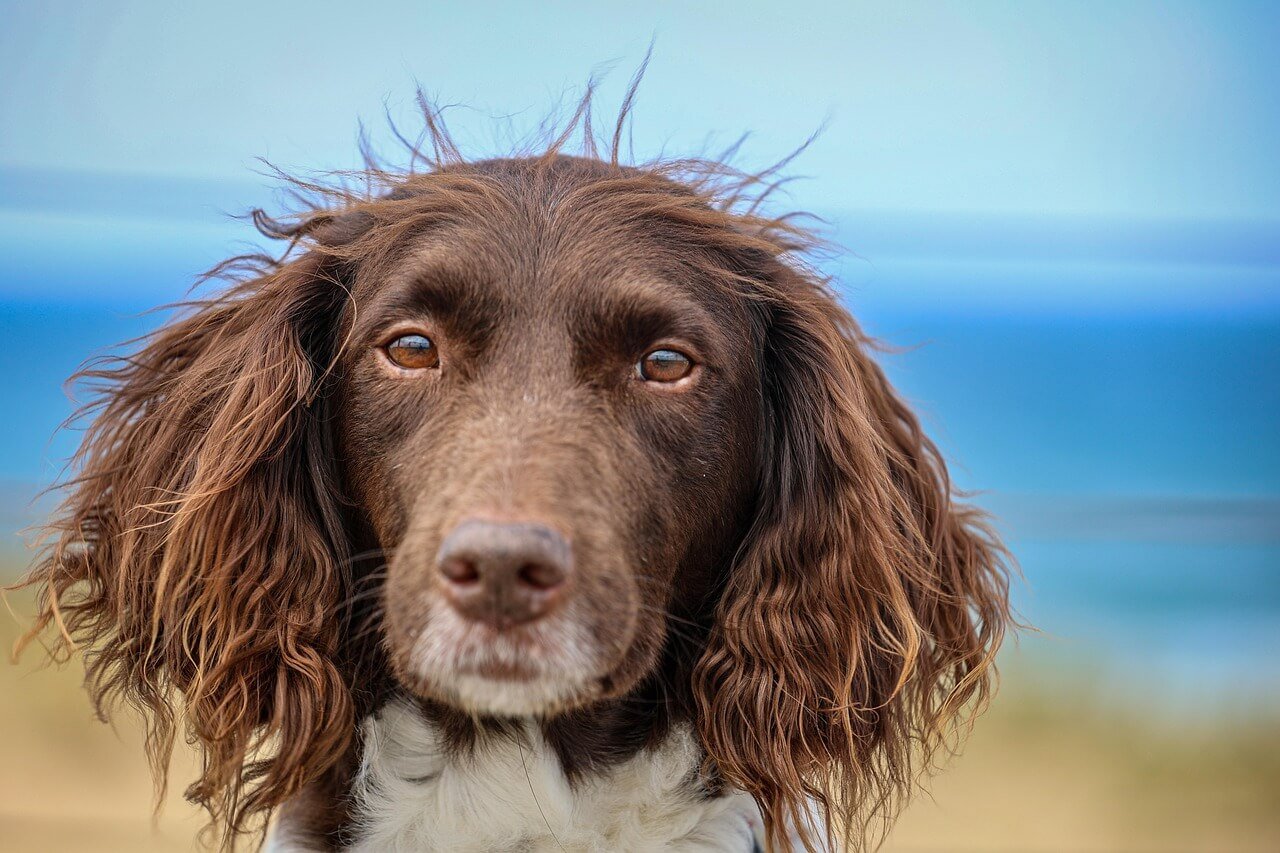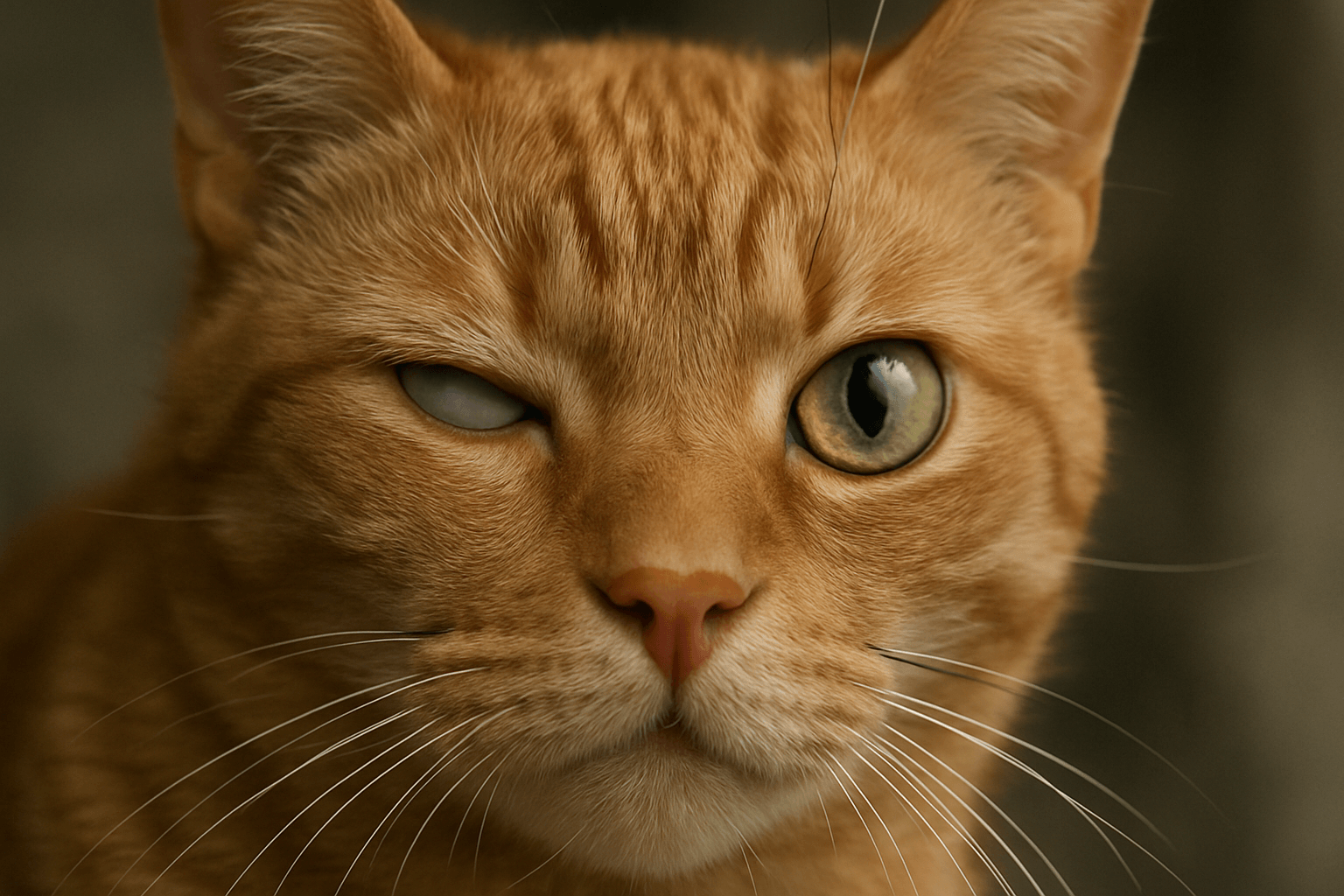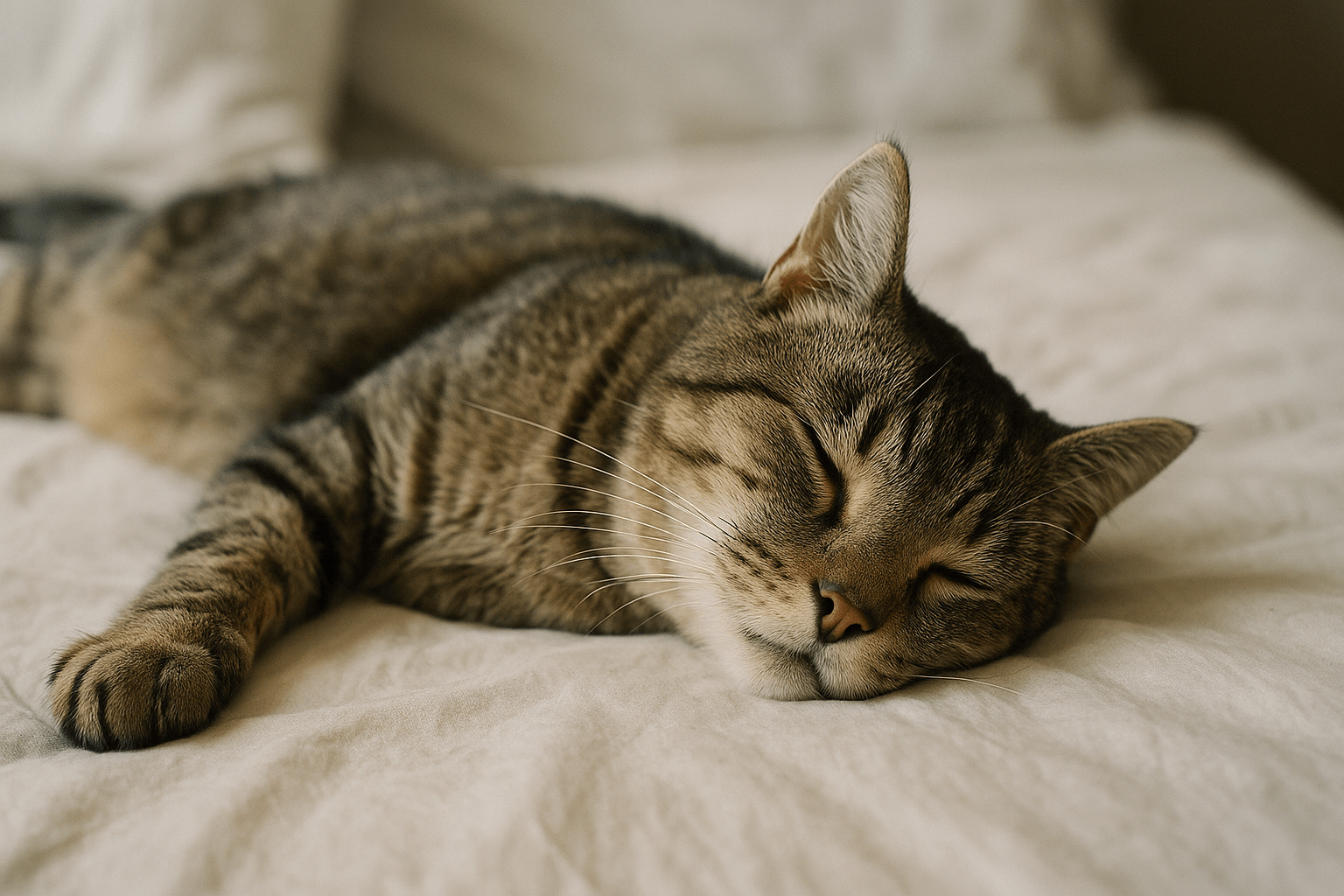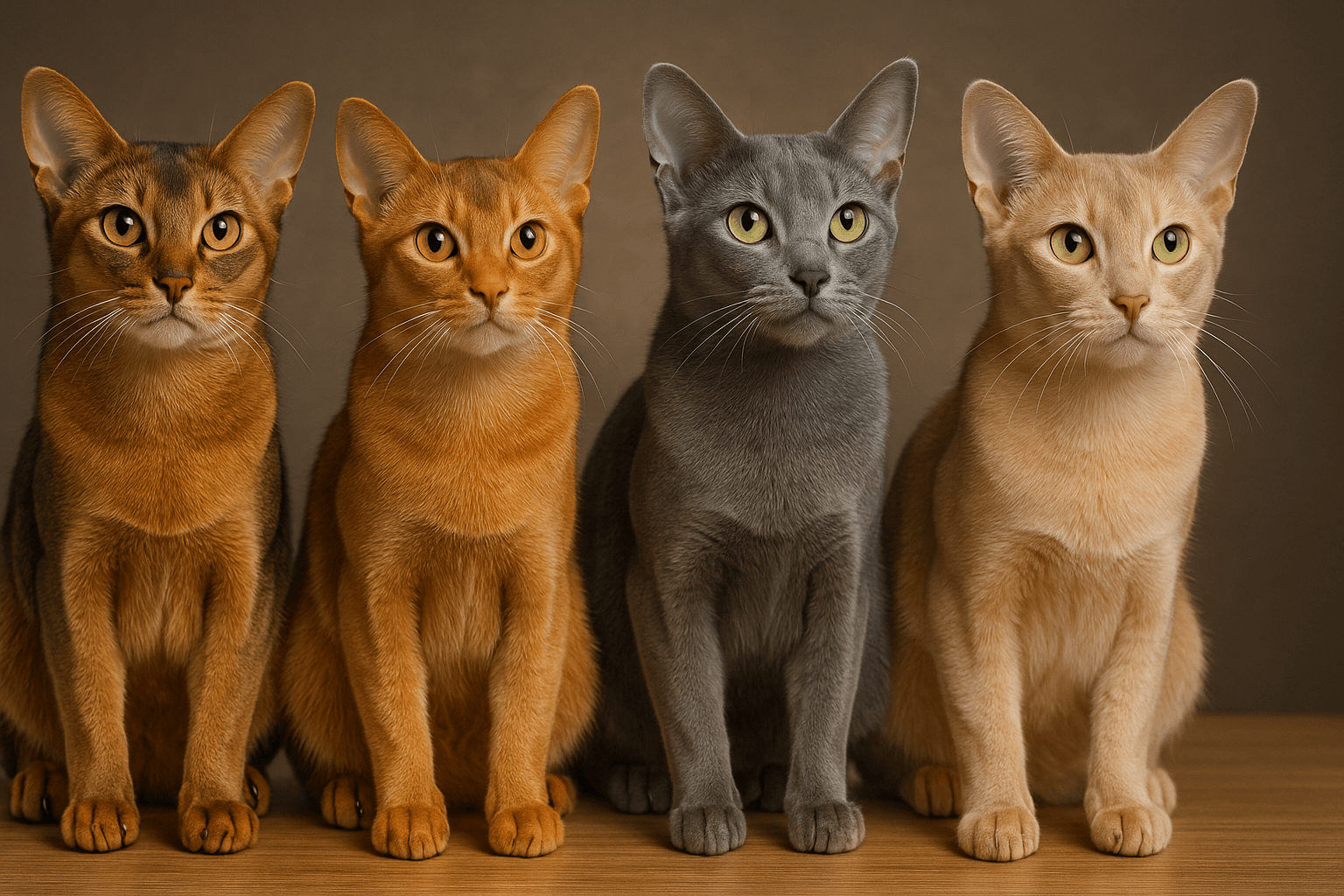Why Does My Dog Stare at Me? Decoding Canine Behavior
Dogs are known for their expressive eyes and uncanny ability to communicate without words. One behavior that often catches pet owners off guard is when their dog stares intently at them. While it can feel endearing—or even a little unsettling—there’s usually a reason behind this behavior. From seeking attention to reading your emotions, dogs use staring as a tool to connect with their human companions. In this blog post, we’ll explore the fascinating reasons behind why dogs stare, how to interpret their gaze, and what you can do to respond appropriately. By understanding this behavior, you’ll deepen your bond with your furry friend and gain valuable insights into their world.
Common Reasons Why Dogs Stare
When your dog locks eyes with you, they’re likely trying to convey something important. Here are some of the most common reasons behind this behavior:
Seeking Attention or Affection:
Dogs often stare to get your focus, whether they want a treat, a walk, or simply some cuddle time. Their gaze is their way of saying, “Hey, I’m here!”Reading Your Emotions:
Dogs are highly attuned to human emotions and may stare to gauge your mood or determine if you’re happy, sad, or upset.Anticipating Something Exciting:
If it’s close to mealtime or playtime, your dog might stare in anticipation, knowing that something fun or rewarding is about to happen.Bonding Through Eye Contact:
Prolonged eye contact releases oxytocin, the “love hormone,” in both humans and dogs, strengthening your emotional connection.Guarding or Protecting You:
Some dogs stare to monitor their surroundings, ensuring you’re safe and alerting you to potential threats.
Understanding these motivations helps you better interpret your dog’s intentions and respond in a way that meets their needs.
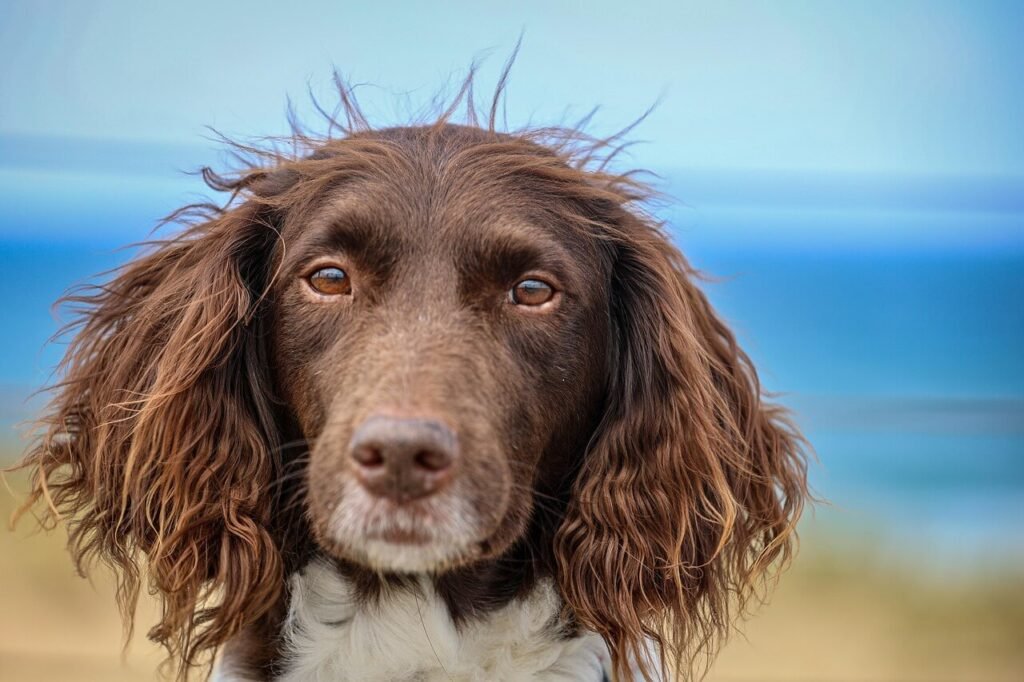
How to Respond to Your Dog’s Staring
While staring is generally harmless, it’s important to respond appropriately to ensure your dog feels understood and secure. Here are some tips for handling this behavior:
Reward Positive Intentions:
If your dog is staring because they’re well-behaved and patient, reward them with praise, treats, or affection to reinforce good behavior.Ignore Attention-Seeking Stares:
If your dog is staring excessively for attention, avoid reinforcing the behavior by ignoring them until they calm down.Teach Alternative Behaviors:
Train your dog to perform specific actions, like sitting or lying down, instead of relying solely on staring to communicate.Check for Underlying Issues:
If your dog’s staring seems unusual or obsessive, consult a veterinarian to rule out medical or behavioral concerns.Engage in Play or Training:
Redirect their focus by initiating a game or training session, which can help channel their energy into productive activities.
By addressing your dog’s staring thoughtfully, you can foster a balanced and harmonious relationship.
Check this guide 👉Dog Behavior Changes: Best 7 Expert Tips!
Check this guide 👉What Is a Dog Behaviorist? Best 7 Expert Tips!
Check this guide 👉Dog Puberty Behavior: Best 7 Expert Tips!
Reasons for Dog Staring | How to Respond Appropriately |
|---|---|
Seeking attention or affection | Reward with treats or playtime |
Reading your emotions | Talk calmly or reassure them verbally |
Anticipating food or activity | Stick to a consistent routine |
Bonding through eye contact | Return gentle eye contact and affection |
Guarding or protecting you | Acknowledge their vigilance positively |
Signs Your Dog’s Staring May Be a Concern
While staring is typically normal, there are instances where it could indicate a problem. Here are signs that your dog’s behavior might need further investigation:
Unusual Intensity or Fixation:
If your dog’s stare becomes intense or unbroken, it could signal anxiety, stress, or confusion.Accompanying Growling or Barking:
Staring combined with aggressive vocalizations may indicate territorial behavior or discomfort.Changes in Personality:
A normally relaxed dog who suddenly starts staring excessively may be experiencing health issues or environmental stressors.Staring at Nothing in Particular:
If your dog appears to be staring into space or at invisible objects, it could be a sign of cognitive dysfunction or sensory issues.Avoidance of Interaction:
If your dog stares but avoids engaging with you, they might be feeling unwell or overwhelmed.
Being aware of these warning signs allows you to address potential problems early and ensure your dog stays happy and healthy.
Fun Facts About Dog Staring Behavior
Dog staring isn’t just functional—it’s also full of fascinating quirks that highlight their unique personalities and instincts. Here are some interesting tidbits about this behavior:
Eye Contact Builds Trust:
Studies show that mutual gazing between humans and dogs strengthens trust and attachment, similar to parent-child relationships.Herding Breeds Stare More Often:
Certain breeds, like Border Collies, are more prone to prolonged staring due to their instinct to control movement.Staring Can Be a Learned Behavior:
Dogs quickly learn that staring gets results, especially if it earns them treats or attention from their owners.Puppies Rarely Stare Initially:
Young puppies don’t instinctively understand the power of eye contact—they learn it through interactions with humans.Cultural Differences Exist:
In some cultures, direct eye contact is seen as confrontational, but dogs adapt to human norms over time.
These fun facts add depth to our understanding of dog staring, showcasing how deeply connected our lives are with theirs.
Types of Dog Staring and What They Mean
Not all dog staring is created equal—different types of stares carry distinct meanings. Here’s how to differentiate between them:
The “Love Eyes” Stare:
Soft, relaxed gazes accompanied by a wagging tail indicate your dog feels safe and bonded with you.The “Hungry Eyes” Stare:
Wide-eyed, focused stares directed at your food or snacks mean your dog is hoping for a bite.The “Curious Observer” Stare:
When your dog tilts their head and stares intently, they’re trying to figure out what’s happening around them.The “Alert Protector” Stare:
A rigid posture paired with a fixed gaze suggests your dog is on high alert, ready to defend you if needed.The “Confused Puppy” Stare:
Puppies often stare blankly when learning new commands or encountering unfamiliar situations.
Recognizing these variations helps you respond appropriately to your dog’s needs and emotions.
How to Train Your Dog to Stop Staring Obsessively
If your dog’s staring becomes excessive or disruptive, training can help redirect their focus. Here are steps to curb obsessive staring:
Identify Triggers:
Determine what prompts the staring behavior, such as food preparation or specific sounds.Use Distraction Techniques:
Redirect their attention with toys, puzzles, or commands like “sit” or “leave it.”Establish Boundaries:
Teach your dog designated spaces, like a bed or mat, where they can relax instead of staring.Reinforce Calm Behavior:
Reward your dog when they remain calm and avoid staring excessively during triggering moments.Practice Consistency:
Be patient and consistent with training to ensure your dog learns new habits over time.
Training your dog to manage their staring fosters a calmer household dynamic.
The Role of Breed in Dog Staring Habits
Certain dog breeds are naturally predisposed to staring due to their instincts and historical roles. Here’s how breed influences this behavior:
Herding Breeds (e.g., Border Collies):
Known for their intense “eye,” herding dogs use staring to control livestock—a trait that carries over to family life.Hunting Breeds (e.g., Pointers):
These dogs lock their gaze onto targets during hunts, which translates to focused staring at home.Companion Breeds (e.g., Cavalier King Charles Spaniels):
Companion breeds often stare lovingly, seeking constant interaction and affection.Guardian Breeds (e.g., German Shepherds):
Protective instincts lead guardian breeds to stare vigilantly, ensuring their family’s safety.Independent Breeds (e.g., Basenjis):
Less reliant on human interaction, independent breeds may stare less frequently unless motivated.
Understanding breed-specific tendencies adds another layer to decoding your dog’s staring behavior.
Frequently Asked Questions About Dog Staring
Is it normal for my dog to stare at me all the time?
Yes, it’s completely normal. Dogs use staring as a way to communicate, seek attention, or show affection.
Can staring indicate aggression in dogs?
Not always. However, if the stare is accompanied by tense body language or growling, it could signify aggression or discomfort.
Should I stare back at my dog?
It depends. Friendly eye contact can strengthen your bond, but prolonged staring might confuse or intimidate some dogs.
Why does my dog stare at nothing?
This could be due to heightened senses detecting sounds or movements we can’t perceive, or it might indicate a medical issue worth checking.
How can I tell if my dog’s staring is a problem?
If the behavior changes suddenly, becomes obsessive, or is paired with other concerning signs, consult a vet or behaviorist.
Deepening Your Connection Through Understanding Dog Staring
Dog staring is far more than a simple quirk—it’s a window into their thoughts, feelings, and instincts. By paying attention to the context and meaning behind their gaze, you can strengthen your bond and create a deeper sense of mutual trust. Whether your dog is seeking attention, expressing affection, or simply trying to understand you better, their staring is a testament to the incredible connection we share with our canine companions. With patience, observation, and care, you can decode this behavior and enjoy every moment of communication with your loyal friend.
Why Is My Cats Second Eyelid Showing? Best 7 Expert Tips! Understand causes, health signs, and how to respond when your cat’s third eyelid becomes visible.
How Do I Know If My Cat Died Peacefully? Best 7 Expert Tips! Discover the quiet signs of a peaceful feline passing and find comfort in their final moments.
Cat Allergy Eyes: Best 7 Expert Tips! Discover why your eyes react to cats and learn proven strategies for relief—without giving up your feline friend.
Why Do Abyssinian Cat Colors Matter? Best 7 Expert Tips! Discover the genetics, rare hues, and care secrets behind Abyssinian coat colors for a healthier, happier cat.

